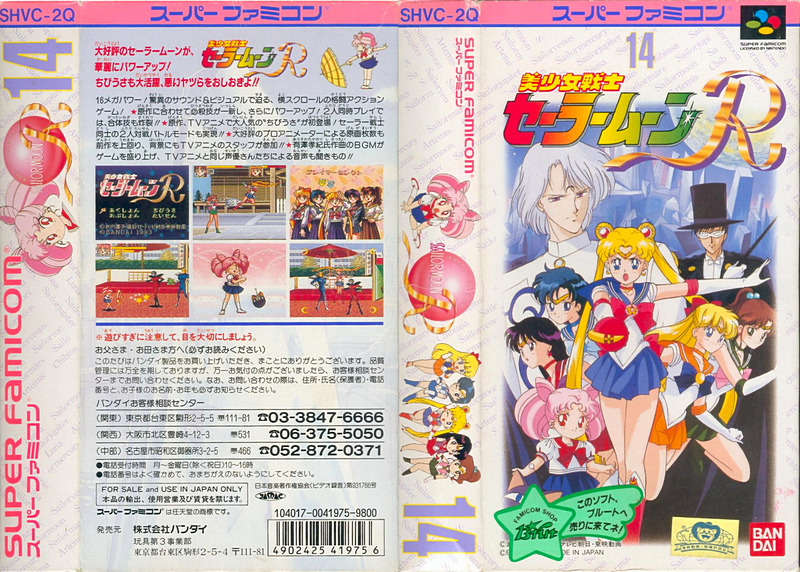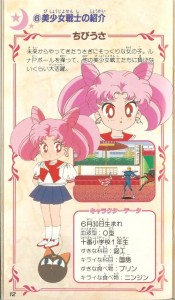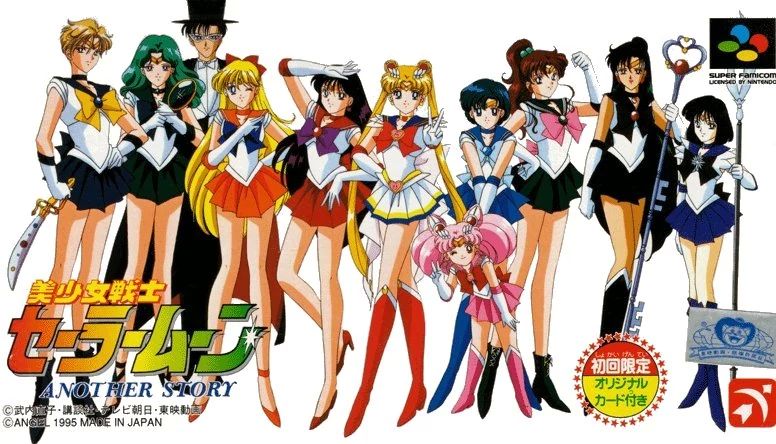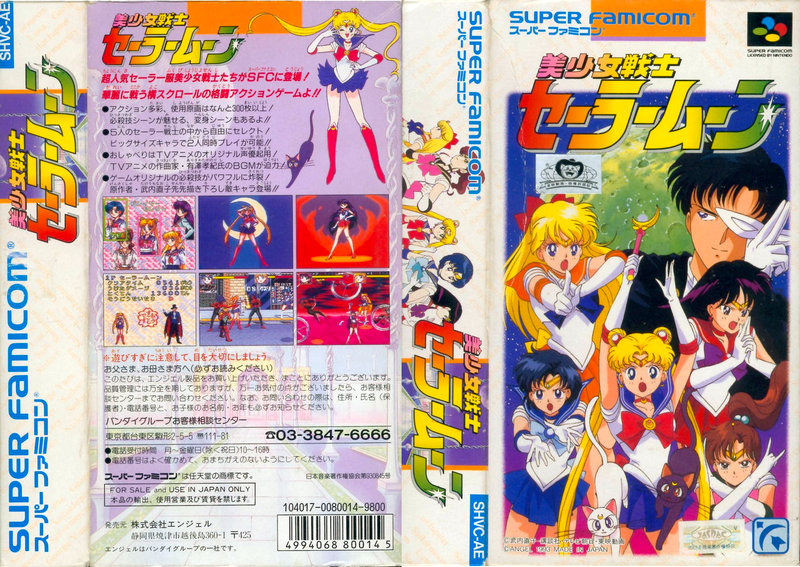
Sailor Moon R for the Super Famicom / Nintendo
[Note: This translation is edited a bit for clarity and comes from an interview in the back of a strategy guide written for the Super Famicom fighting game. You can find the Japanese interview here: Page 94, Page 95, Page 96, Page 97.]
Opening Up on the Unspoken Stories
Jouji Yuno, Developer/Producer at Angel
Continuing with his work on “Sailor Moon” for the SFC.
— That “ChibiUsa” mode is pretty unique!

ChibiUsa Mode
That’s right, it grew far beyond our expectations, though there’s a reason behind how it came to this. When we started game development, there were still quite a few mysteries behind ChibiUsa, so when we were putting our heads together and debating how we should put her into the game, we decided to take her out of the main game and make a separate “ChibiUsa Mode.”
In this mode, you play as the near-invincible ChibiUsa. This was partially related to her height (laugh), but since we that though that it really wouldn’t look so nice to have ChibiUsa get punched by the enemies, so we made it so that even a little kid could make it to the end. We decided to have her use the umbrella she’s had since her appearance as a weapon, but she’s stopped using it entirely lately (laugh). In the game, the umbrella is really important to her since it makes up for the difference in the enemy’s height. What’s more, it’s a lot cuter than ChibiUsa directly punching and kicking the enemies. However, from the point of view of child-rearing, it’s not ideal to be hitting enemies directly with an umbrella, so she attacks the enemies with the energy from the stars that come shoot from the umbrella.
As much as we worried about how to fit ChibiUsa into the game, it paid off and people fell in love with it.
— What about the other Sailor Soldiers?
Continue reading →



